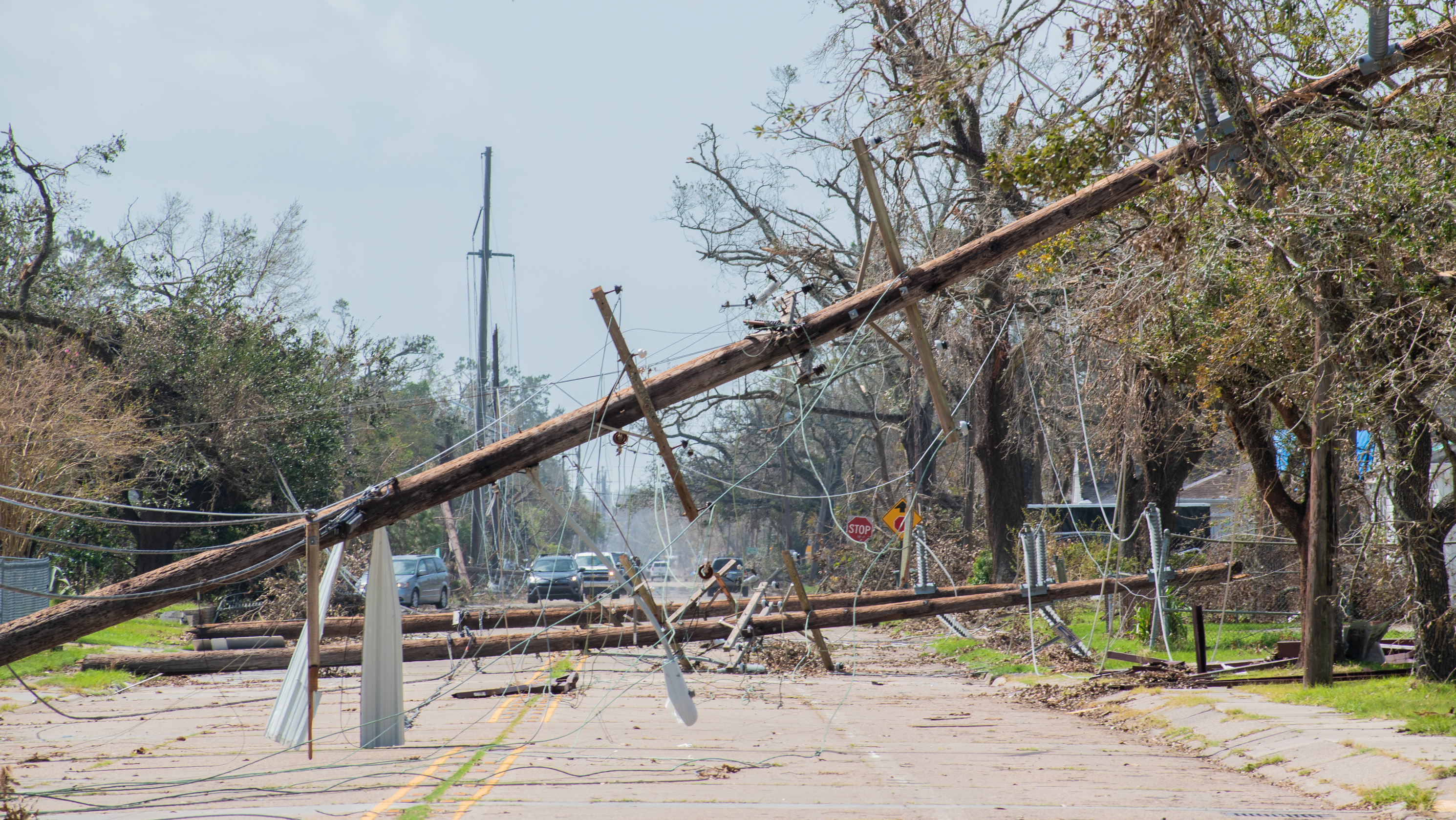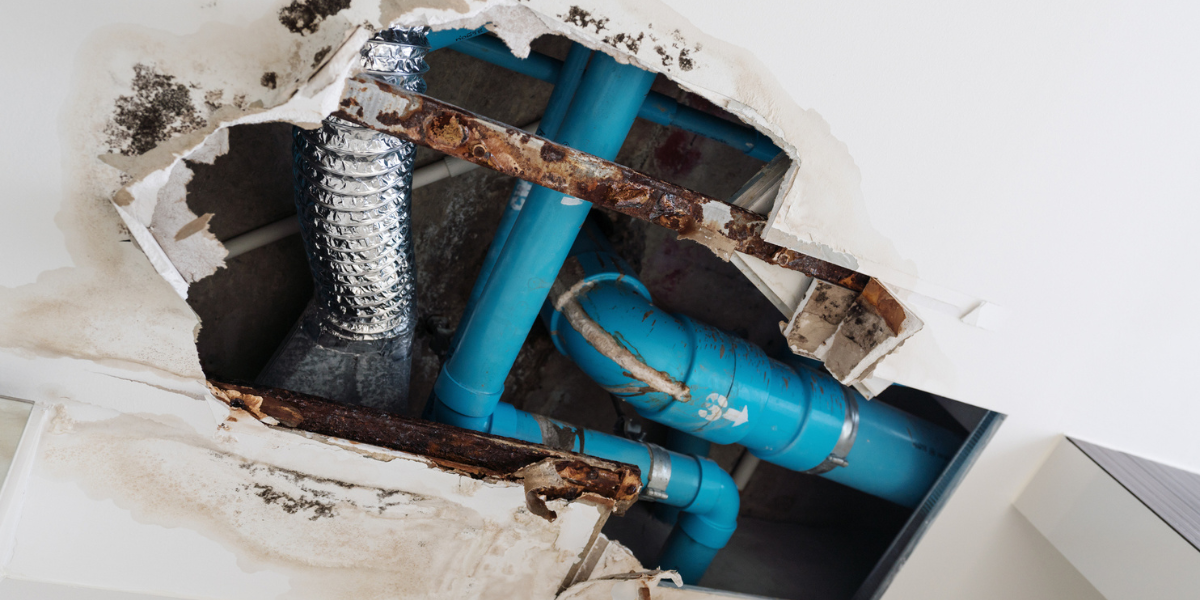Hurricane preparedness is a critical component of emergency planning for housing providers. Proactively preparing for hurricanes can help mitigate potential property damage, reduce risks to staff and residents, and ensure a quicker recovery after the storm. This guide outlines key safety steps to take before, during, and after hurricanes to safeguard your housing communities.
What is a hurricane?
A hurricane is a powerful tropical cyclone with sustained winds of 74 mph or more. Hurricanes are classified using the Saffir-Simpson scale, with categories ranging from 1 (least severe) to 5 (most catastrophic). Category 3 hurricanes and above are considered major storms capable of causing widespread devastation. Wind damage and flooding from storm surges, rainfall, or high surf can lead to significant property damage and loss of life.
Hurricane season dates:
- Atlantic and Central Pacific: June 1 – November 30
- Eastern Pacific: May 15 – November 30
Before a hurricane: Preparing your property and residents

To reduce risks, review and update your emergency preparedness plans well before hurricane season begins.
Review your business continuity plan
Ensure your organization's business continuity plan is up-to-date. It should outline critical operations, emergency contacts (e.g., disaster relief organizations, utility companies, and emergency responders), and staff roles during a hurricane. If your organization still needs a business continuity plan, contact your HAI Group risk control consultant for guidance and support in developing one.
Conduct emergency drills
Schedule and perform hurricane preparedness drills with staff and residents. Use the results to improve emergency response procedures and identify any weak spots in evacuation plans or communications.
-
Staff roles and responsibilities: Ensure all staff understand their duties during a hurricane.
-
Prioritize safety: Encourage staff to follow evacuation orders and avoid returning until conditions are safe. They should not put themselves at risk to protect property.
Develop a resident communication plan
-
Create a resident contact list: Maintain up-to-date contact information for all residents and emergency contacts.
-
Multilingual communication: Provide emergency materials in multiple languages to accommodate all residents.
-
Distribute preparedness information: Ensure residents receive clear and early communication about evacuation routes, shelter locations, and safety procedures.
-
Use emergency notification systems: Set up automated systems (texts, emails) to inform residents of evacuation orders or critical updates during the storm.
Communicate with emergency response centers
Contact your local emergency response center to understand how they will relay storm updates and evacuation orders. Keep staff and residents informed of any official evacuation instructions.
-
Tip: Download the FEMA app to receive real-time alerts from the National Weather Service.
Charge cell phones and mobile devices
Ensure that all cell phones, tablets, and other mobile devices used for communication with staff, residents, and emergency responders are fully charged before the storm arrives. Consider having portable battery packs available for extended communication.
Evacuation plans and support for residents with special needs
-
Identify evacuation routes: Communicate safe routes and shelters to residents, especially those in low-lying or coastal areas.
-
Assist residents with disabilities: Ensure you have plans to help residents with medical equipment or mobility challenges.
-
Coordinate transportation: Arrange for transportation options for residents without vehicles.
Prepare property for high winds and flooding
-
Secure outdoor objects: Tie down or remove items that high winds can move, such as garbage containers and rooftop equipment.
-
Protect against flooding:
-
Stockpile sandbags to redirect floodwaters.
-
Elevate HVAC systems and critical electrical equipment above expected flood levels.
-
Have licensed electricians raise electrical components (e.g., circuit breakers) above base flood elevation.
-
Regularly inspect sump pumps and drains. Install backflow prevention valves to stop sewage backups.
-
Consider transferring sump pump power to generators to keep them operational in case of power outages.
-
Secure windows and roofs
Inspect windows and roofs to ensure they can withstand high winds. Make repairs and reinforce any weak spots in the building's structure.
Collect emergency materials
Assemble critical items such as flashlights, batteries, battery-powered radios, first aid kits, and essential documents like insurance policies. Encourage residents to prepare their own emergency kits.
Insurance and financial preparedness
-
Review your insurance policies: Confirm that your insurance covers hurricanes and flooding. Understand what is included or excluded in your policy.
-
Document property assets: Maintain an updated inventory of property assets, including photographs, to facilitate insurance claims after the storm.
-
Set aside emergency funds: Prepare financial reserves for immediate repairs post-hurricane that insurance might not cover.
During a hurricane: Stay safe and informed

The safety of your staff and residents should be your top priority during a hurricane. Keep updated on the storm's progress and respond accordingly.
Monitor emergency alerts
Follow weather updates and local authority instructions. Ensure you have reliable ways to receive emergency notifications, such as weather radios or apps like FEMA.
Evacuate if ordered
If an evacuation order is issued, ensure all residents and staff comply immediately. Have transportation ready for residents who need assistance evacuating.
Take shelter indoors
Advise staff and residents to stay indoors and avoid windows, skylights, and glass doors. If the eye of the hurricane passes over, remind them that conditions will quickly worsen again.
Avoid floodwaters
Never walk, swim, or drive through floodwaters. They can be deeper and more hazardous than they appear. As little as six inches of moving water can knock someone down, and a foot can sweep a vehicle away.
Watch for electrical hazards
Stay away from downed power lines or submerged electrical equipment. If water enters areas with electrical outlets, evacuate immediately.
Move to higher ground if necessary
If flooding threatens, move to the highest level of the building, but avoid enclosed attics where rising floodwaters could trap people.
After a hurricane: Recover safely

Even after the storm passes, hazards may remain. Prioritize safety during the recovery phase.
Post-storm resident care
-
Provide temporary housing: If your properties are uninhabitable, arrange for temporary housing solutions or shelters for residents.
-
Mental health support: Partner with local mental health services to offer counseling for residents coping with hurricane-related trauma.
Wait for official clearance
Do not return to the property until authorities declare it safe. Emergency hotlines may be overwhelmed, so continue monitoring official communication channels for updates.
Document property damage
Photograph any damage to buildings or infrastructure. This documentation is essential for filing insurance claims and beginning the rebuilding process.
Stay clear of downed power lines
Maintain safe distances from downed power lines: 33 feet from distribution lines and 105 feet from transmission lines. Report them immediately.
Avoid floodwaters
Continue to avoid walking or driving through floodwaters, which may contain hazardous debris, chemicals, or waste.
Coordinating with authorities and contractors
-
Establish partnerships with local authorities: Maintain contact with emergency management agencies, fire departments, and police to coordinate storm response efforts.
-
Work with utility companies: After the storm, utilities such as electricity, gas, and water may be disrupted. Build strong relationships with these companies to expedite restoration.
-
Pre-arrange contractor services: Secure contracts with reputable contractors for immediate repairs, as demand for services will surge after the storm.
Following these steps can significantly reduce risks and protect your property and residents during hurricane season. Ensure you are fully prepared with a solid plan, effective communication, and clear evacuation routes to keep your community safe.
Additional resources
For further assistance in preparing for hurricanes and other emergencies, consult the following resources:
Contact your risk control consultant for more resources and answers to your housing organization’s risk-related questions.
This article is for general information only. HAI Group makes no representation or warranty about the accuracy or applicability of this information for any particular use or circumstance. Your use of this information is at your own discretion and risk. HAI Group and any author or contributor identified herein assume no responsibility for your use of this information. You should consult with your attorney or subject matter advisor before adopting any risk management strategy or policy.






